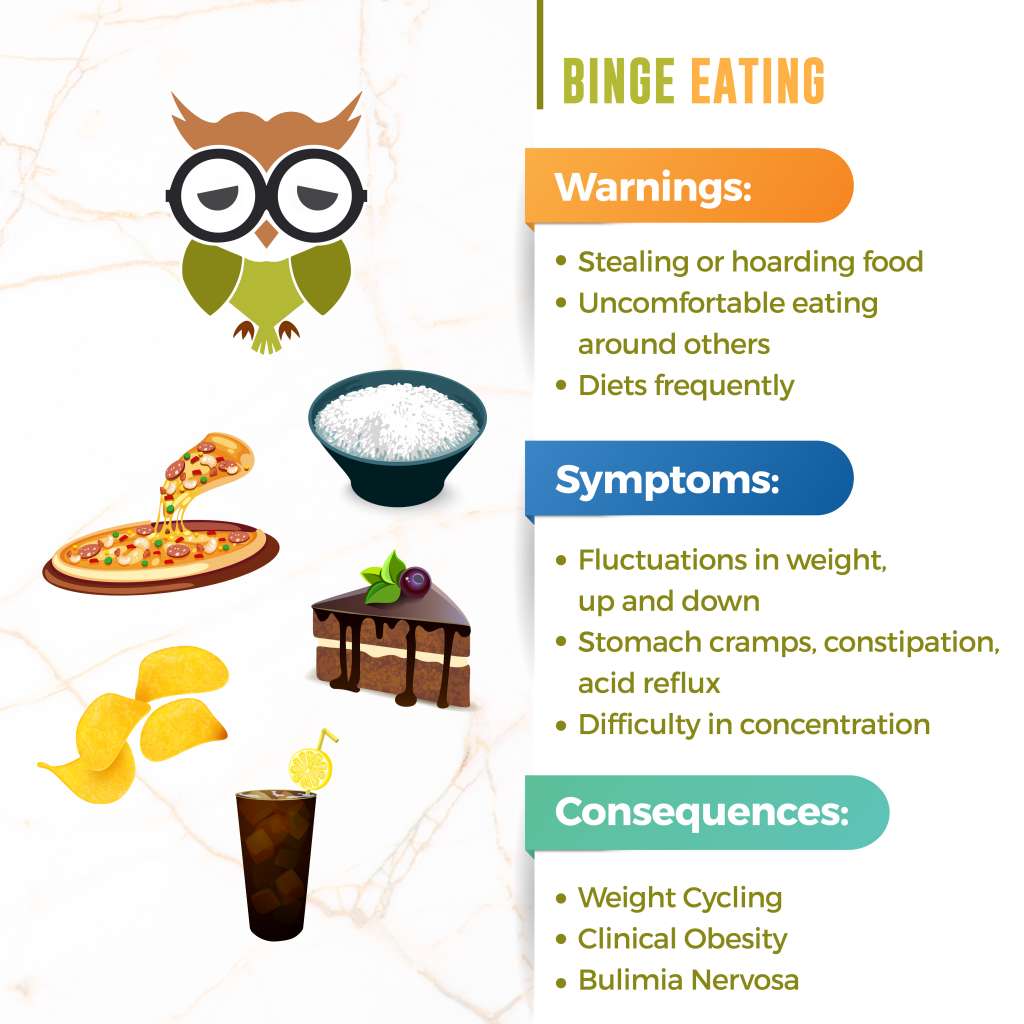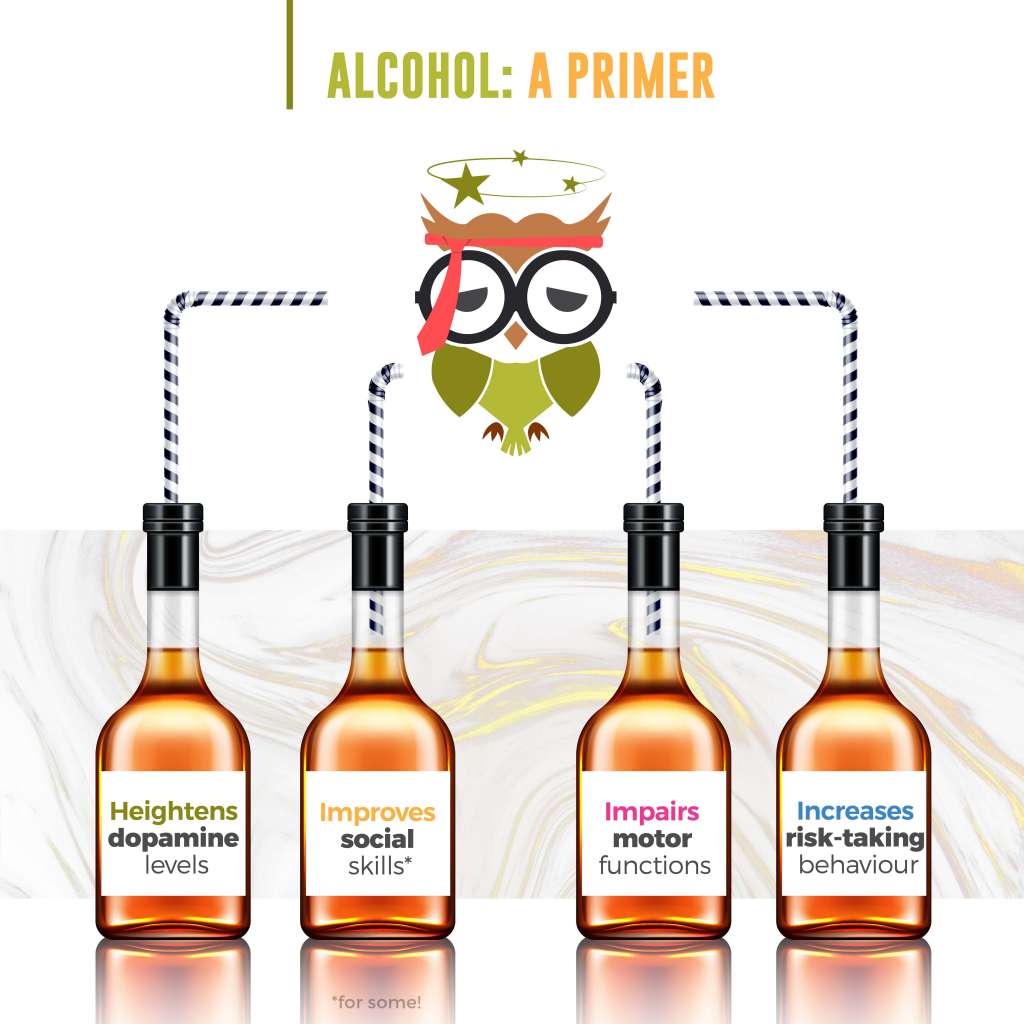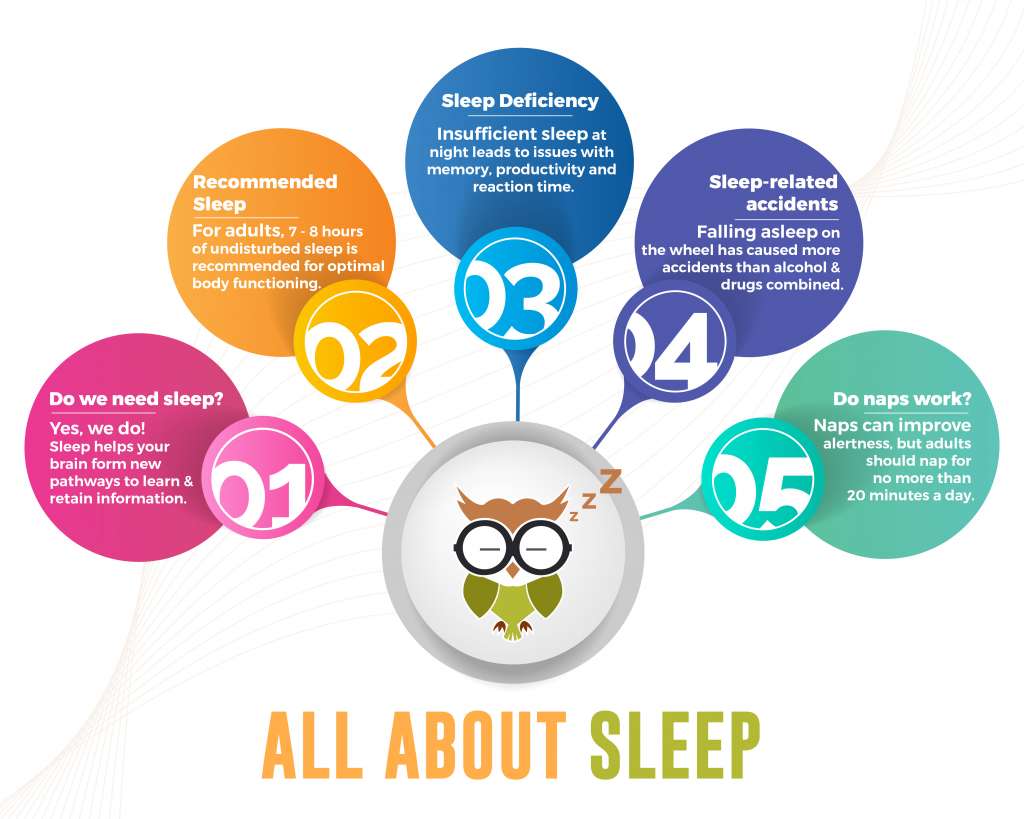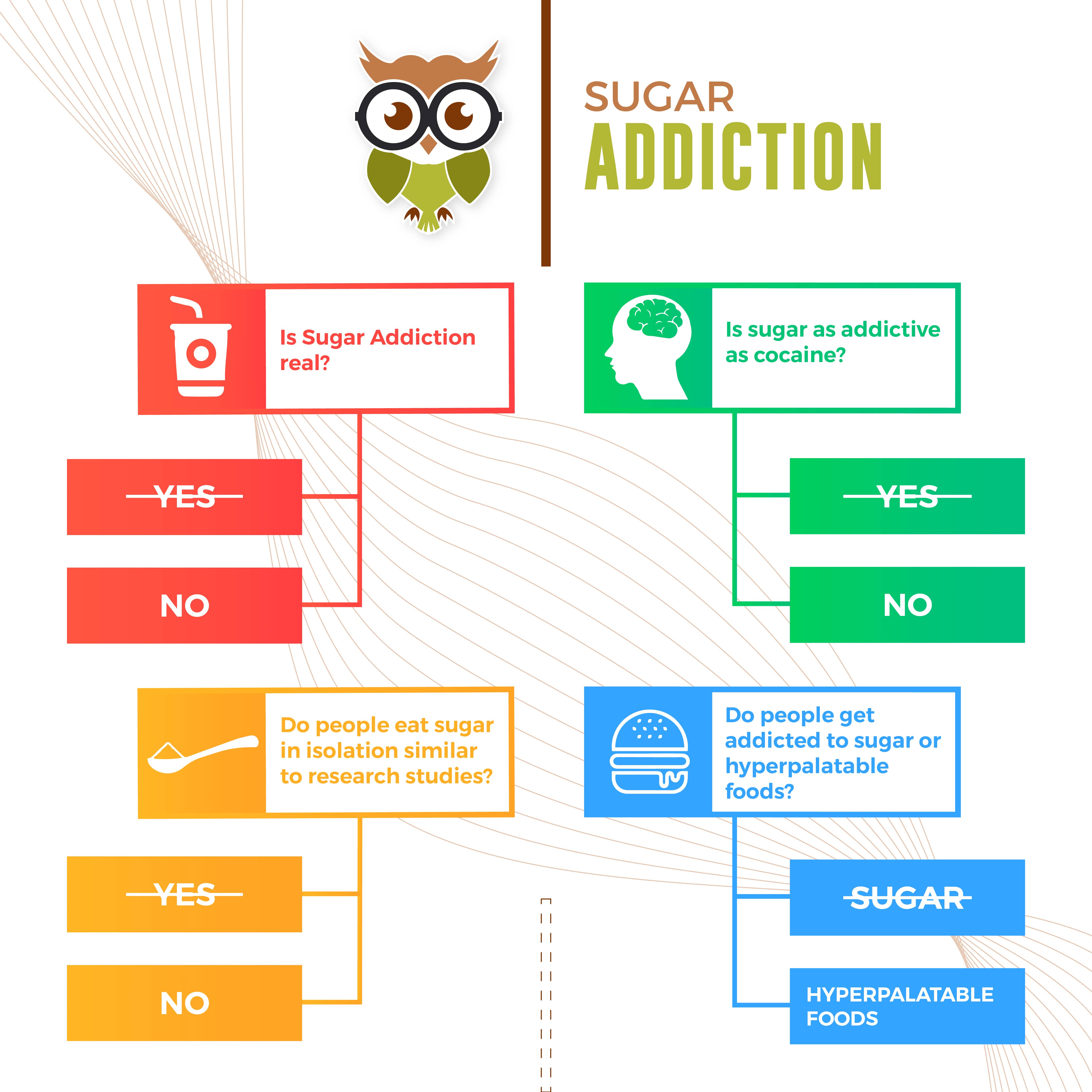Metabolic syndrome (or MetS) is both a condition and a symptom. To start with, MetS is a group of conditions that affect the body’s normal biochemical balance. Abnormalities such as hypertension, diabetes mellitus, excess abdominal fat, high triglycerides, and low HDL cholesterol are all part of the syndrome. In this article, we’ll try and explain the syndrome in detail, what are all the possible causes and how to actually tackle it with a proper diet plan and a healthy lifestyle.
Causes and indicators – How to know if you have metabolic syndrome?
If you take the syndrome apart and look at the conditions individually, you’ll notice one thing. Most of them do not have an on-the-face symptom pallette and the only way to know for sure that you have the condition is by monitoring it and taking readings. Here are a few solid indicators.
- Blood pressure: systolic > 130 and/or diastolic > 85 mmHg or drug treatment
- Fasting glucose: >100 mg/dL (5.6 mmol/L) or drug treatment
- Triglycerides: >150 mg/dL (1.7 mmol/L) or drug treatment
- High-density lipoprotein (HDL)-cholesterol: <40 mg/dL (1 mmol/L) (male) or <50 mg/dL (1.3 mmol/L) (female) or drug treatment.
Please monitor your blood pressure, glucose levels, and cholesterol levels at regular intervals. A few of the common causes for these conditions are obesity – especially an overinflated waist, physical inactivity, genetics, predisposed insulin resistance, and consuming more calories than expended for a very long time.
Complications that come with MetS
Metabolic syndrome is not simply a group of conditions put together for diagnostic or treatable simplicity. These conditions are extremely serious and their complications as individual conditions are bad enough already, but if they’re diagnosed as a cluster it puts the person at a much higher risk. Atherosclerosis or the hardening of arteries is one of the major problems with MetS. Why? Then it leads to all the complexities that are the result of a blockage in arteries, like stroke, cardiovascular illnesses, peripheral artery disease, heart attack, and a lot more.
If tackled right, the severity and the aftereffects of the metabolic syndrome-related complexities can be reduced greatly. What do we mean by tackling metabolic syndrome though?
How to handle metabolic syndrome?
As nutritionists, we’ve always believed that a well-researched diet can lay down a solid foundation to deal with any bodily anomaly. Metabolic syndrome is no different. Here are a few things that a MetS friendly diet must have, and mustn’t.
First things first, a high fiber diet has a lot of positive impacts on several metabolic disorders such as hypertension, diabetes, obesity, heart diseases, and colon cancer. So loading your diet up with plant-based fiber is highly recommended.
When it comes to fat, make sure to consume 30% of the total calorie intake per day in the form of fat. However, consumption of saturated fat is generally discouraged and should not make more than 10% of your total energy consumption. So, a diet low in saturated fat but high in monounsaturated fat can bring balance to your cholesterol levels.
As far as other components of your diet are concerned, a lot of complex carbohydrates from legumes, food that’s rich in Omega-3-fatty acids, and potassium are all good additions to have in your diet. Sodium and simple sugars are generally discouraged.
Sweat it out
To complement this nutrition-rich diet, you’ll also have to put yourself through moderately intense exercises, for at least 30 to 60 minutes a day for most weekdays. Monitor yourself, and how your physique reacts to different workout routines, and stick to the one that’s most effective. This combination of a sound diet and a solid workout pattern will bring your vitals to their optimal performance, and you can see the indicators that we spoke about earlier resetting towards their optimal values gradually. You’ll also have to listen to your physician and continue medications as well, whatever is appropriate.
We hope that your understanding of the metabolic syndrome and how to deal with it has become a little better. If you’re finding it difficult to find the right diet plan for you, we recommend you have a talk with our team of experts, and we’ll help you in any way we can!






